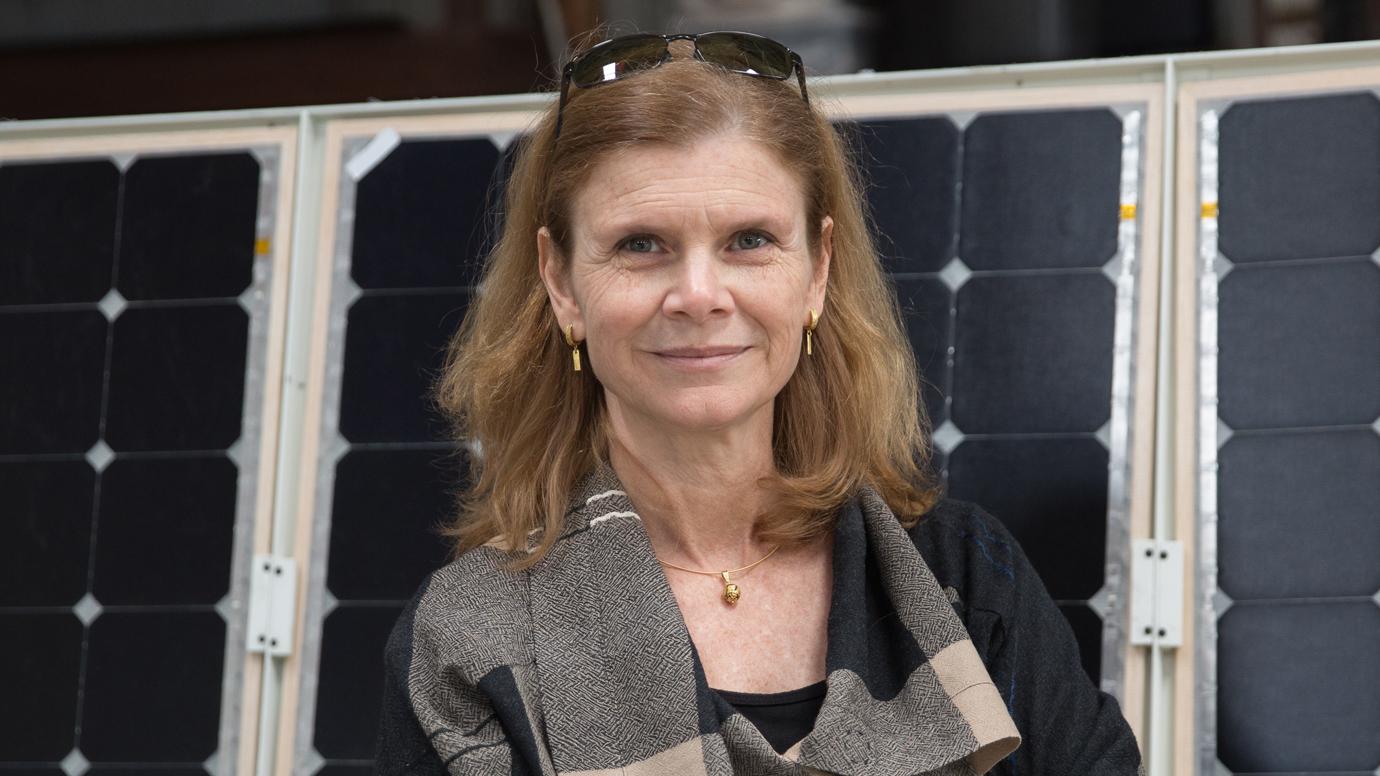The National Aeronautics and Space Administration is preparing to use a super-pressure balloon to launch into near space a pioneering telescope designed to detect ultra-high-energy cosmic rays as they interact with the Earth’s atmosphere.
“We’re searching for the most energetic cosmic particles that we’ve ever observed,” said Angela V. Olinto, the Homer J. Livingston Distinguished Service Professor at the University of Chicago and principal investigator of the project, known as the Extreme Universe Space Observatory-Super Pressure Balloon. “The origin of these particles is a great mystery that we’d like to solve. Do they come from massive black holes at the center of galaxies? Tiny, fast-spinning stars? Or somewhere else?”
The extremely rare particles hit the atmosphere at a rate of only one per square kilometer per century. To assure that it will capture some of the particles, the telescope’s camera takes 400,000 images a second as it casts a wide view back toward the Earth.
Preparations are complete in Wanaka, New Zealand for the balloon’s launch, which will happen as soon as scientists and engineers have the right weather conditions. Researchers hope the balloon will stay afloat for up to 100 days, thereby setting a record for an ultra-long duration flight.
NASA describes the super-pressure balloon as the “most persnickety” of all the flight and launch vehicles it operates. Launching the balloon depends on just the right weather conditions on the surface of the Earth all the way up to 110,000 feet, where the balloon travels.
The project will set the stage for a space mission currently being planned. “That would enlarge even more the volume of the atmosphere that we can observe at one time,” said Olinto, who serves as chair of UChicago’s Department of Astronomy and Astrophysics. “We need to observe a significantly large number of these cosmic messengers to discover what are their sources and how they interact at their energetic extremes.”
When an ultra-high-energy cosmic ray reaches the Earth’s atmosphere, it induces a series of interactions that stimulates a large cosmic ray shower. The new telescope, which detects at night, will capture the ultra-violet fluorescence produced by the interaction of these particle showers with the nitrogen molecules in the air.
“High-energy cosmic rays have never been observed this way from space,” said Lawrence Wiencke, professor of physics at the Colorado School of Mines and co-leader of the project. “This mission to a sub-orbital altitude is a pioneering opportunity for us. Our international collaboration is very excited about this launch and about the new data that will be collected along the way.”
The project lends itself to participation by graduate and undergraduate students, Olinto said. Leo Allen and Mikhail Rezazadeh, two UChicago undergraduates, built an infrared camera under the supervision of UChicago Prof. Stephan Meyer and Olinto to observe the cloud coverage at night under EUSO-SPB.
Sixteen countries were involved with the design of the telescope. The U.S. team, funded by NASA, is led by UChicago, Colorado School of Mines, Marshall Space Flight Center, University of Alabama at Huntsville and Lehman College at the City University of New York.








